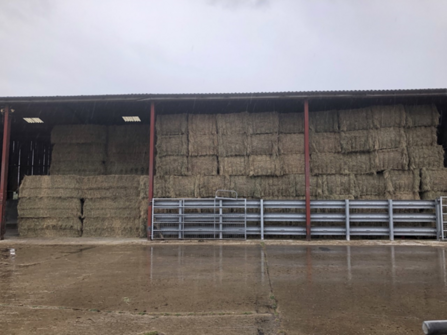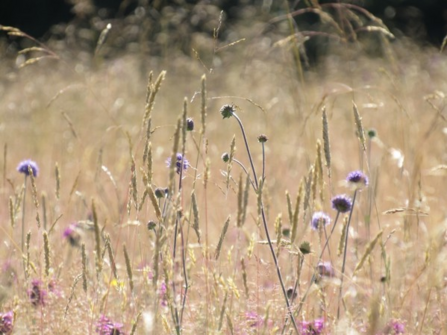A blog written by Conservation Lead for North Wiltshire, Nick Self
Across all our hay meadow sites in North Wiltshire, July was hay cutting time. This is the culmination of our yearly work in the fields and the time when the crop is harvested to feed our livestock throughout winter. Hay-making in this way is a long-established management practice that has been practised in this area since medieval times.
We cut and bale the hay at multiple sites across North Wiltshire, including the former RAF base Blakehill Farm and Clattinger Farm, near the Cotswold Water Park. This collection of far flung sites presents a unique set of problems and it means that we are cutting, baling and collecting for the majority of July and into August. As I write, at the start of August we have collected in about 700 large bales, with another 70 waiting to be collected.



